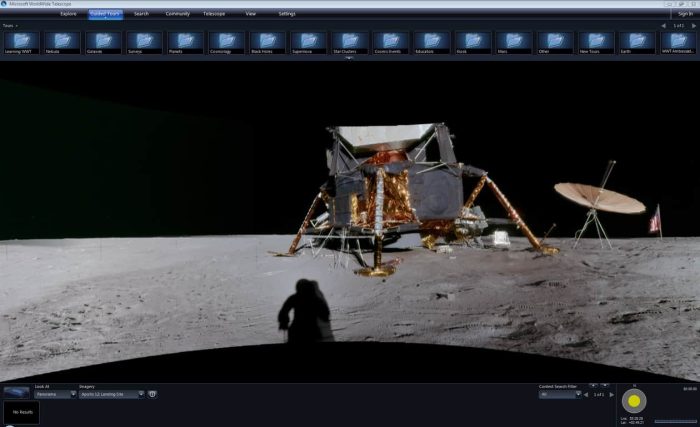Microsoft’s WorldWide Telescope gets a new home at the American Astronomical Society
2 min. read
Published on
Read our disclosure page to find out how can you help Windows Report sustain the editorial team Read more

In 2007, WorldWide Telescope (WWT) started as a “dream project” for Jim Gray, Curtis Wong, and Jonathan Fay; all software engineers at Microsoft Research. WWT became an open source project in July 2015. Now in 2016, the open source labor of love and tribute to Jim Gray’s legacy is migrating to the American Astronomical Society with the help of Microsoft Azure.
Founded in 1899, the AAS helps share the scientific understanding of the universe with all of humankind. WWT will breathe new life into AAS with Microsoft Research working with scientists to enhance everyone’s understanding of the universe as a whole.
Microsoft Azure would have helped develop WWT at a much faster rate; Azure helps manage global WWT users, makes collaboration much easier, and provides resources for new projects as needed. Azure helps WWT keep up with the latest technology, software, and data without the limitations of maintaining a physical server.
Over the course of the last eight years, WWT worked with the public to enhance the way they see the universe. From novice to even the most seasoned astronomers, Azure allows astronomy data to be shared openly to provide a deeper understanding of the universe and help make new astronomical discoveries.
Here is a overview video what WWT does and what it is capable of.
The main goal of WWT has always been about collaboration and the sharing of data among the scientific community. Microsoft Research worked extensively with astronomers and astronauts to make WWT as accurate as scientifically possible. WWT hopes to inspire the next generation of scientists and explorers. With WWT being an open-source project, managed by the AAS, and now powered by Microsoft Azure, WWT will be able to increase its reach and impact in the scientific community.
If you are interested in trying out WorldWide Telescope for yourself, download WorldWide Telescope 5.2 for Windows here.








